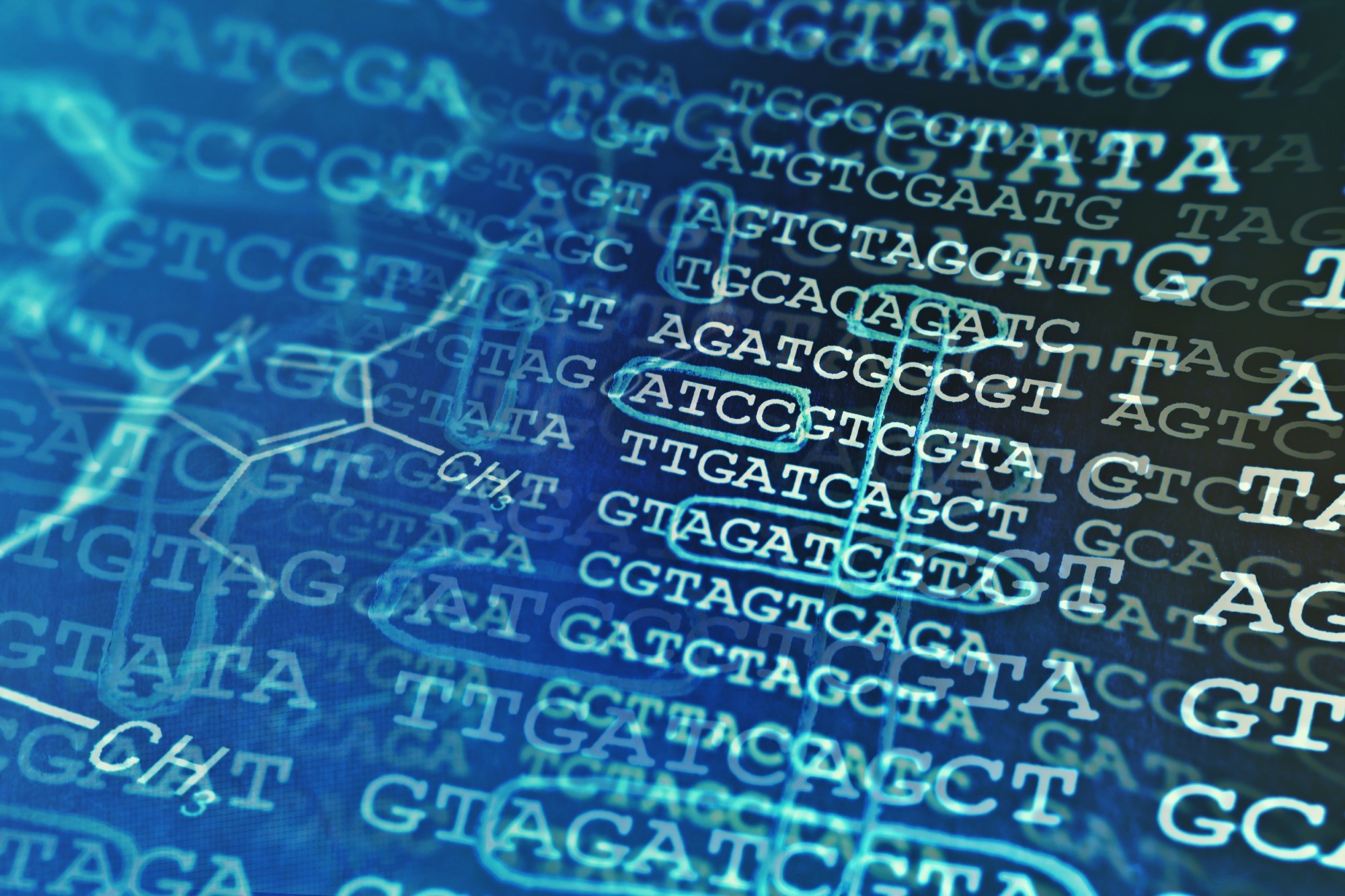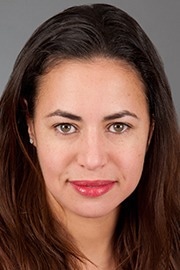In this interview, we sit down with Catherine Brownstein, MPH, PhD, an esteemed Assistant Professor at Harvard Medical School and an investigator at Boston Children's Hospital, who also serves as the Assistant Director of the Molecular Genetics Core Facility at BCH. Dr. Brownstein's work has continued to break new ground in the field of genetics, particularly in the study of rare pediatric disorders and genetic conditions disproportionately affecting women.
Following her enlightening presentation at SLAS 2024, Dr. Brownstein gives us an exclusive insight into her pioneering research on the application of long-read sequencing (LRS) technology. This innovative approach aims to surpass the limitations of next-generation sequencing (NGS) in identifying complex genetic loci linked to these challenging disorders.
Join us as Dr. Brownstein shares her journey, the evolution of her research, and her vision for the future of genetic diagnostics and personalized medicine.
Firstly, please introduce yourself and outline your career to date. More specifically, please provide us with an overview of your SLAS 2024 presentation.
Thank you for the introduction. I'm Catherine Brownstein, an Assistant Professor at Harvard Medical School and an investigator at Boston Children's Hospital. I also work as the Assistant Director of the Molecular Genetics Core Facility at BCH. My career has been dedicated to unraveling the genetic basis of rare pediatric disorders.
Recently, I’ve also started working on genetic disorders disproportionately affecting women. At SLAS 2024, my presentation delved into the application of long-read sequencing (LRS) in overcoming the limitations of next-generation sequencing (NGS) for detecting structurally complex genetic loci associated with these disorders. We collaborated with Alamya Health to examine how long-read sequencing informs the diagnostic odyssey.
With your extensive background in genetics and genomics at Harvard Medical School and Boston Children's Hospital, what initially drew you to focus on the elucidation of new disease genes for conditions like intellectual disability and SIDS?
My interest in new disease genes stems from a desire to address the diagnostic and therapeutic challenges faced by individuals and families affected by rare diseases. The opportunity to contribute to advancing our understanding of these conditions and potentially improving patient outcomes is what keeps me focused on genetic and genomic research in this area.
 Image Credit: H_Ko/Shutterstock.com
Image Credit: H_Ko/Shutterstock.com
As the Scientific Director for the Manton Center for Orphan Disease Research Gene Discovery Core, could you share some insights into the challenges and rewards of identifying genes for rare diseases?
As the Scientific Director for the Manton Center for Orphan Disease Research Gene Discovery Core, I've encountered both challenges and rewards in identifying genes for rare diseases. The complexity and heterogeneity of these disorders often pose significant challenges in pinpointing causal variants.
However, the potential to provide answers and hope to families who have been on diagnostic odysseys is incredibly rewarding. Even if we don’t come up with a definitive answer, being able to rule out things with confidence is helpful. And we never consider a case to be “closed”, as new information and technologies are constantly being released.
Your presentation discusses the limitations of next-generation sequencing (NGS) and the promise of long-read sequencing (LRS). Can you elaborate on how LRS addresses the challenges posed by NGS, particularly in detecting structurally complex loci?
Long-read sequencing (LRS) offers several advantages over next-generation sequencing (NGS), particularly in its ability to accurately detect structurally complex genetic loci. LRS can span repetitive regions and identify large structural variants that may be missed by NGS, thereby enhancing our ability to uncover pathogenic variants underlying rare diseases.
The multi-omics approach seems to offer a comprehensive view of a patient's genetic landscape. How do you foresee this approach changing the landscape of genetic diagnostics in the near future?
The multi-omics approach holds immense promise for revolutionizing genetic diagnostics by providing a comprehensive view of a patient's genetic landscape. By integrating data from genomics, transcriptomics, proteomics, and other omics disciplines, we can gain deeper insights into disease mechanisms and tailor personalized treatment strategies for patients.
 Image Credit: isak55/Shutterstock.com
Image Credit: isak55/Shutterstock.com
In the study you presented, likely causal variants were identified in two of three families. Could you discuss the impact of these findings on the families involved and the broader medical community?
For the families involved, it provided much-needed answers and potentially opened doors to targeted interventions or clinical trials. Additionally, these findings contribute to the growing body of knowledge surrounding rare diseases, paving the way for improved diagnostic and therapeutic approaches.
You mention the utility of multi-omic profiling in establishing a diagnosis. Can you provide an example from your research where this approach has been particularly pivotal?
Multi-omic profiling has been particularly pivotal in our research by allowing us to uncover novel disease genes and pathways. One example is the identification of a candidate gene through integrative analysis of genomic and transcriptomic data, highlighting the power of this approach in elucidating the molecular mechanisms underlying rare diseases.
For the third family in your study, while a diagnosis was not reached, several conditions were ruled out. How important is this aspect of 'ruling out' in the diagnostic odyssey, and what role does multi-omics play in this process?
While a diagnosis was not reached for the third family in our study, the process of ruling out certain conditions is crucial in the diagnostic odyssey. By eliminating potential genetic culprits, we can narrow down the search space and focus on identifying the true underlying cause. It is also beneficial for the family to know that we have done a comprehensive investigation. Multi-omic approaches play a vital role in this process by providing confidence that we aren’t missing something due to technological limitations.
As the Assistant Director of the Molecular Genetics Core Facility at BCH, you emphasize the importance of centralized capabilities and user-friendly services. How does this approach enhance research and diagnostic outcomes?
Centralized capabilities and user-friendly services offered by the Molecular Genetics Core Facility at BCH enhance research and diagnostic outcomes by providing researchers and clinicians with access to state-of-the-art technologies and expertise. This approach streamlines workflows, facilitates collaboration, and ensures high-quality data generation and analysis.
Looking ahead, what are some of the emerging technologies or methods in genomics that you believe will significantly advance our ability to diagnose and understand rare diseases?
Emerging technologies such as single-cell sequencing, spatial transcriptomics, and CRISPR-based genome editing hold great promise for advancing our ability to diagnose and understand rare diseases.
These methods enable us to probe the genetic and molecular underpinnings of diseases with unprecedented resolution and precision. It’s not enough to just “find a gene” anymore….now we want to know what to do next with that information.
Finally, for young scientists interested in pursuing a career in genetics and genomics, what advice would you give them, and how can they prepare to contribute to this rapidly evolving field?
My advice would be to cultivate a strong foundation in both biological sciences and computational methods. Stay curious, keep abreast of emerging technologies and methodologies, and seek out opportunities for interdisciplinary collaboration. Additionally, gaining hands-on experience in research and clinical settings can provide invaluable insights into the challenges and rewards of working in this rapidly evolving field.
Where can readers find more information?
About Catherine Brownstein, MPH, Ph.D.
 Dr. Brownstein is an Assistant Professor in Pediatrics at Harvard Medical School and a Research Associate in the Division of Genetics and Genomics at Boston Children's Hospital. As the Scientific Director for the Manton Center for Orphan Disease Research Gene Discovery Core, Dr. Brownstein has been instrumental in the elucidation of several new disease genes for conditions such as intellectual disability, nemaline myopathy, very early onset psychosis, SIDS, and hypophosphatemic rickets.
Dr. Brownstein is an Assistant Professor in Pediatrics at Harvard Medical School and a Research Associate in the Division of Genetics and Genomics at Boston Children's Hospital. As the Scientific Director for the Manton Center for Orphan Disease Research Gene Discovery Core, Dr. Brownstein has been instrumental in the elucidation of several new disease genes for conditions such as intellectual disability, nemaline myopathy, very early onset psychosis, SIDS, and hypophosphatemic rickets.
Dr. Brownstein is also the Assistant Director of the Molecular Genetics Core Facility at BCH. Molecular genomic techniques, instrumentation and interpretation of genomic information have become increasingly complex, necessitating a broad range of expertise normally outside the capabilities of a single laboratory.
The MGCF has centralized these capabilities into one convenient location that offers these genomic services to investigators at a reduced rate. These services are offered in a user-friendly manner, with an emphasis on timeliness, and efficiency.